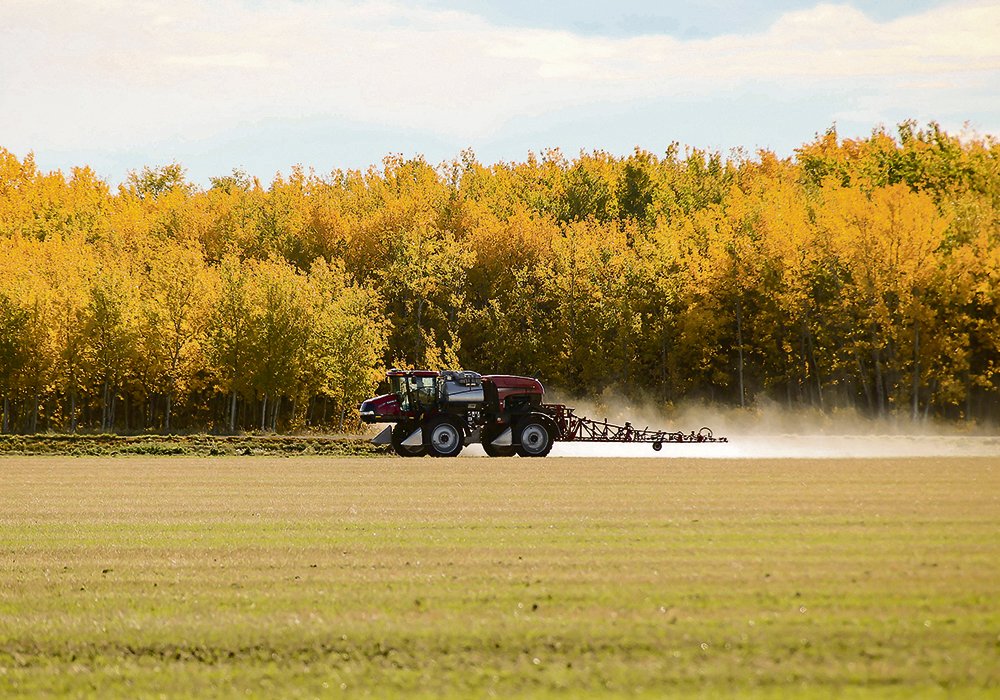No quick end seen to soaring glyphosate prices

Glyphosate prices are already double what they were last year and there are more increases coming, say analysts and industry officials.
“There are two things happening that are kind of basically guaranteeing that outcome unfortunately,” said Marc-Andre Fortin, director of North American crop protection with Farmers Business Network.
The first is Hurricane Ida, which delivered a “full frontal hit” on Bayer CropScience’s glyphosate production facility in Luling, Louisiana, which supplies most of North America’s glyphosate.
Fortin said there are rumours that the facility will be out of commission until mid-November, creating a big supply shortage.
“It is really strengthening the Chinese supplier’s power in the North American market,” he said.
But China has its own problems. The country is in the midst of a full-blown energy crisis.
The Guardian reports that factories in 20 of China’s 31 provinces have suffered power outages forcing many of them to shut down for hours at a time.
Fortin said the production of yellow phosphorus has been particularly hard hit because it is an energy intensive product that largely relies on coal-based energy, which has tripled in price over the past three months.
Yellow phosphorus is one of the main ingredients in the production of glyphosate, glufosinate and clethodim.
The production problems in the United States and China mean it is “basically written” that prices for glyphosate and other farm chemicals will continue to rise.
“I don’t think all of that is priced in today, especially not when you go to the grower level in Canada,” he said.
“I don’t think they have seen the worst unfortunately.”
Some Canadian retailers still have competitive pricing for glyphosate because they don’t have a clear line of sight to what’s happening around the world, said Fortin.
FBN’s price is $10.75 per 540 grams of active compared to $5.25 a year ago. But he has seen prices as low as $8 and as high as $12.
Fortin believes there will be some substitution for other types of herbicides but he noted there have been significant price hikes for most other active ingredients as well.
David Li, business manager with Beijing-based SPM Biosciences, expects export prices out of China to rise to the US$9 to $10 per kilogram range, up from today’s levels of around $8.
“Because of the uncertainty of production in China, the glyphosate price is expected to rise dramatically in the next six months,” he said in an article he wrote for AgriBusiness Global.
He does not anticipate that prices will stabilize until after March 2022.
A shortage of raw materials, manufacturing regulations and rising shipping costs are all contributing factors behind his forecast for continued price hikes for the popular herbicide.
Li said “supply gaps” of the active ingredient in glyphosate have driven prices higher, as has strong demand from Latin America and China.
Other contributing factors include environment protection inspections and the electricity restrictions happening in China.
He is also forecasting low operation rates for China’s agrochemical industry during the Beijing Winter Olympic Games in January and February 2022 with regular production resuming in March.
The shutdown of the Bayer plant in Louisiana hasn’t helped matters.
“The supply disruption of a key glyphosate producer is pushing the price of glyphosate back to the level we saw in 2008, up to $9 to $10 per (kg) from Chinese suppliers,” said Li.
But he thinks northern hemisphere demand will be lower than normal during the winter because some “well-informed distributors” stockpiled product when they saw prices of the active ingredient starting to climb.
Li thinks that, combined with the anticipated return in production at the Bayer plant, will eventually push prices back down to the $8.50 to $9.50 per kg range later this winter.
Fortin said the good news is that canola prices have also doubled since last year. And he noted that glyphosate is “a flea of an input cost” when compared to urea and phosphorus, which have also experienced big price hikes.
He said it is possible that glyphosate prices may stabilize in early 2022 but by then it will be too late to have an impact on herbicide costs for the upcoming crop year because all of the product will either be on order or already delivered into the system.
Fortin doesn’t think Canadian growers should count on prices taking a big drop anytime soon.
“It’s funny, prices in Canada are sticky on the way up but they’re going to be just as sticky on the way down,” he said.
Source: www.producer.com

